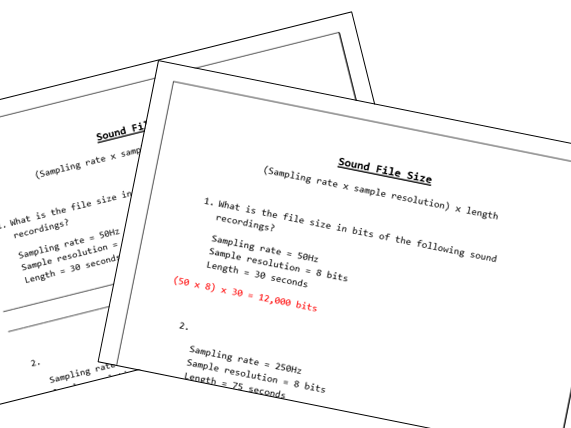Programmer's Paradise
Computer Science resources for KS3-4, with a focus on programming. Programming resources include Scratch, Microbit, Small Basic and Visual Basic for now, with other languages potentially in the future, such as C#. I have worked with the AQA specification throughout my teaching career and so these resources will be suitable for anyone teaching the new AQA spec. Please review any resources, suggestions are welcome for improvements etc.






















